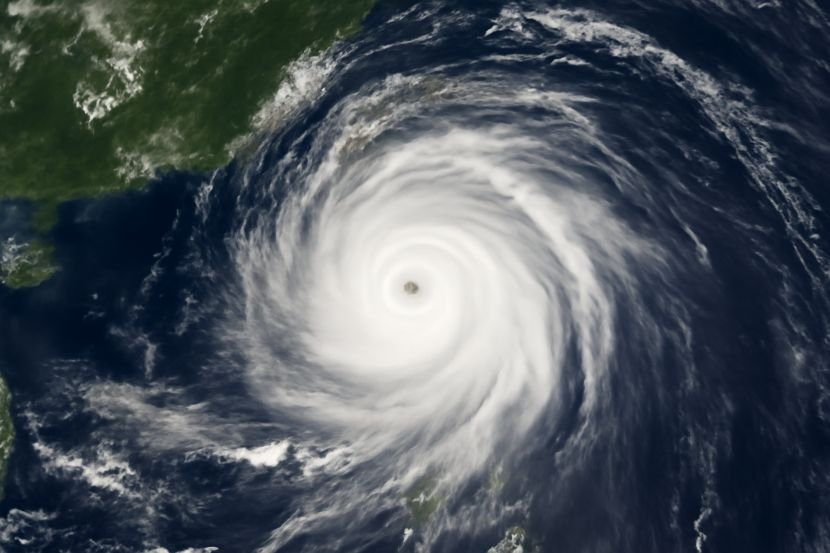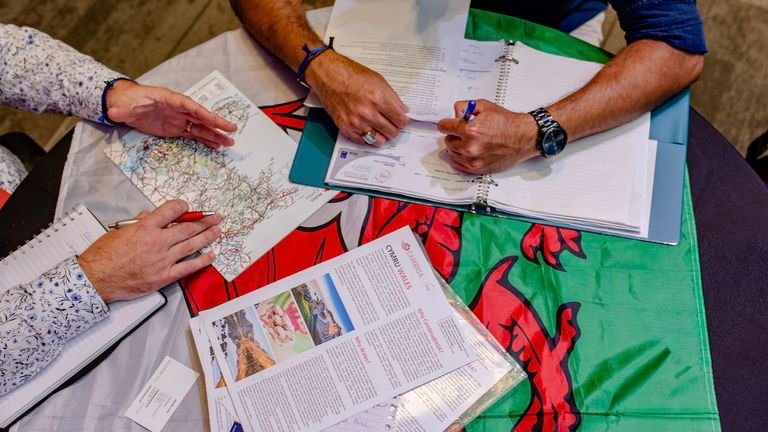Published on
September 23, 2025

Super Typhoon Ragasa, which struck the East Sea on September 21, 2025, has severely disrupted air and sea travel throughout several parts of Asia. The storm, carrying winds of up to 221 km per hour, has impacted key transport hubs across the Philippines, Taiwan, Hong Kong, and mainland China, causing widespread delays, cancellations, and significant disruptions in the region’s travel infrastructure.
As one of the strongest storms of the year, Ragasa has forced numerous airlines and ferry services to suspend their operations, while local governments have initiated evacuations in several coastal areas. In this article, we’ll explore how the typhoon is affecting travel, what passengers can expect, and how the tourism industry is handling the consequences.
Typhoon’s Impact on Hong Kong, Taiwan, and Mainland China
Hong Kong International Airport, a critical transit point in Asia, has grounded flights for a 36-hour period, starting at 8 p.m. on September 23 until 8 a.m. on September 25. This interruption has forced airlines, including Cathay Pacific, to cancel around 500 flights scheduled between September 22 and 24, with more cancellations expected. As of now, approximately 700 flights have been affected. Many travelers are advised to check for updates regularly, as flight schedules continue to change.
Meanwhile, in Taiwan, the typhoon has caused major transportation disruptions. Domestic flights to outlying islands, such as Hualien and Taitung, were canceled, and ferry services on 13 routes were suspended. The Taiwan Railway Corporation also halted most train services across the northern and southern lines, further complicating the travel situation. For passengers with train tickets, refunds are available, though only unused tickets will be eligible.
Mainland China’s coastal provinces have also felt the full brunt of the typhoon. Shenzhen and other major cities in Guangdong and Fujian have suspended all flights, while evacuations have been conducted in some areas. Additionally, ferry services have been halted, with authorities advising residents to stay indoors and avoid unnecessary travel. With Ragasa expected to weaken over the next few days, the situation in these regions is gradually improving, but significant disruptions persist.
A Blow to the Philippines’ Domestic and International Travel
The Philippines is experiencing some of the worst effects of Ragasa. The storm made landfall on the country’s northern coast, causing extensive damage to infrastructure. Domestic flights in the northern provinces, especially to Laoag, Tuguegarao, and Basco, have been canceled. Inter-island ferries and fishing boats have also been prohibited from leaving ports due to rough seas. This has left many travelers stranded and uncertain about when they will be able to resume their journeys.
In addition, public transport services have been suspended in many affected areas, with some regions experiencing power outages. The typhoon’s impact on domestic tourism in the Philippines is expected to last for several days as recovery efforts ramp up.
What Should Travelers Do?
Travelers planning to fly or take ferries in the impacted areas should remain flexible and monitor official announcements from airlines, transport agencies, and government bodies. Here are some tips for travelers:
- Check Flight Status Regularly: With hundreds of flights already canceled and more expected, keep an eye on the latest updates from your airline. Most airlines have set up dedicated pages to track cancellations due to the typhoon.
- Rebook or Refund Tickets: If your flight has been canceled, check with the airline for rebooking options or refund eligibility. Airlines like Cathay Pacific and Singapore Airlines are offering flexible rebooking terms.
- Avoid Non-Essential Travel: If you’re in an area affected by the typhoon, stay indoors and avoid non-essential travel. Authorities are advising against moving around unnecessarily due to hazardous conditions.
- Consider Travel Insurance: For those still planning to travel during this period, consider purchasing or activating travel insurance to cover possible delays, cancellations, or health risks caused by the storm.
- Stay Updated with Local Authorities: For those traveling within Taiwan, the Philippines, or mainland China, be sure to keep informed of evacuation orders, road closures, and public transport suspensions via local government channels.
The Tourism Industry Struggles to Recover
Ragasa’s disruptive impact is taking a toll on the tourism industry in Asia. Hong Kong, Taiwan, and the Philippines, which are significant destinations for both international and regional tourism, are struggling to handle the large-scale cancellations and delays. The typhoon’s timing, close to peak travel seasons, adds additional pressure on tourism businesses. Local hotels, tour operators, and transport services are experiencing high levels of cancellations, while international tourists are postponing or abandoning their trips to the affected areas.
In the Philippines, particularly, travel operators are expected to see a drop in bookings for the remainder of the month, and this could extend into the coming weeks as travelers stay cautious about returning until the region recovers. As businesses and local governments work together to repair the damage, they are also looking to minimize the long-term effects on the tourism sector.
How Long Will Disruptions Last?
While Ragasa is forecast to weaken over the next couple of days, the disruption to air and sea travel in the affected regions is likely to continue for some time. Authorities are working to restore normalcy, but due to the widespread nature of the storm’s impact, it could take several days for transport services to return to full capacity.
Wrapping Up
Super Typhoon Ragasa has unleashed havoc across the Philippines, Taiwan, Hong Kong, and mainland China, bringing major travel disruptions. Passengers are urged to stay informed and be flexible with their travel plans. While the storm is expected to weaken soon, the consequences for tourism and transport will likely be felt for some time.









